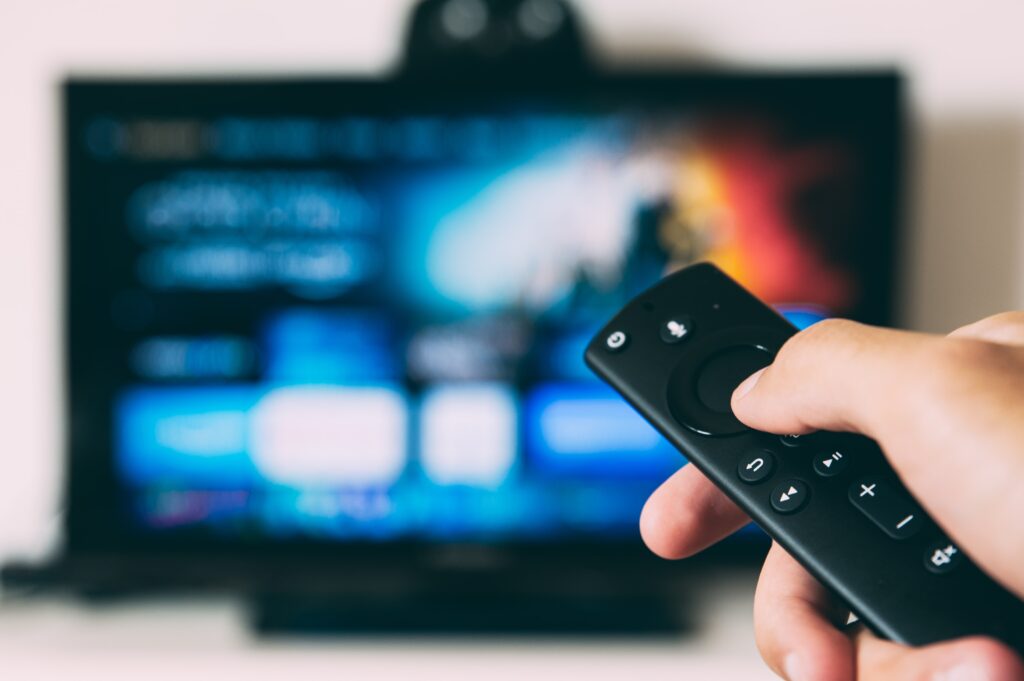Diversity in LGBTQ+ characters on the rise: GLAAD
GLAAD has released its latest report showing queer women characters outnumbering queer men, and more racial diversity but — the report finds some troubling declines.
GLAAD, the world’s largest LGBTQ media advocacy organization, has released its ninth annual Studio Responsibility Index (SRI), a study that maps the quantity, quality, and diversity of LGBTQ characters in films released by the eight major film studios. Due to the unique disruption to theatrical releases in the U.S. in 2020 caused by the COVID-19 pandemic, GLAAD chose to center its analysis on the eight film studios that had the highest theatrical grosses from films released in 2019 as the last standard full year: Lionsgate, Paramount Pictures, Sony Pictures, STX Films, United Artists Releasing, Universal Pictures, The Walt Disney Studios, and Warner Bros.

GLAAD found that of the 44 films released in 2020, ten (22.7 percent) contained LGBTQ characters including Like a Boss, The Broken Hearts Gallery, Fantasy Island, Valley Girl, Freaky, The New Mutants, and Birds of Prey.
GLAAD counted 20 LGBTQ characters among all major studio theatrical releases in 2020, a decrease from 50 characters in last year’s report. This decrease is largely due to the much-reduced sample size of films released in 2020. Of the 20 LGBTQ characters, 11 are women and 9 are men, making this the first time in the SRI’s history that queer women characters outnumber the men.
The racial diversity of LGBTQ characters saw a welcome increase in this year’s findings. Of the 20 LGBTQ characters counted, 40 percent (or 8 characters) were characters of color, an increase of six percent from 2019, though a decrease of nine characters. This is still 17 percent lower than the record high of 57 percent characters of color in 2017. Of the 20 LGBTQ characters, eleven (55 percent) were white, three (15 percent) were Asian-Pacific Islander, two (10 percent) were Black, two (10 percent) were Latinx, and one (5 percent) was Indigenous. One character (5 percent) was a non-human appearing alien in Onward.
There was a significant increase in the screen time of LGBTQ characters found in major studio releases in 2020. Half of LGBTQ characters (10 out of 20) registered ten minutes or more of screen time. Six of the 20 characters (or 30 percent) logged under one minute. While some films like The New Mutants, Freaky, Fantasy Island, and The Broken Hearts Gallery used that expanded screen time to tell more developed or nuanced queer stories, often with more than one queer character, more time did not equate to quality across the board. For example, The Gentleman and Buddy Games both registered more than ten minutes but with characters that were stereotypical and which elicited negative reactions from many LGBTQ viewers.
The report found an increase in lesbian representation. Of the ten LGBTQ-inclusive films released in 2020, five films (50 percent) contained a lesbian character, up from last year’s 36 percent, but still a decrease from the 55 percent of films with lesbian characters in 2018.
Disappointing findings:
For the fourth year in a row, there were zero transgender and/or non-binary characters counted in the major studio films released. GLAAD’s call for increased transgender and non-binary representation and storytelling, especially in a political climate with anti-transgender legislation moving forward at a record pace, remains.
The report found representation of gay men decreased from 68 percent to 60 percent (six films) this year, while bisexual characters decreased from 14 percent to 10 percent (only one film contained a bi+ character).
Of the 20 LGBTQ characters in this report, GLAAD found zero characters living with HIV and also zero LGBTQ characters with a disability. GLAAD began counting LGBTQ characters with disabilities in its 2020 Studio Responsibility Index, and only tallied one character in a 2019 film.
In the past year, GLAAD challenged the TV industry to introduce new regular and recurring LGBTQ characters living with HIV in order to combat stigma. Now, GLAAD is calling on the distributors tracked in this report to urgently prioritize active development and theatrical release in coming years of stories featuring LGBTQ characters living with HIV. In 2020, GLAAD’s The State of HIV Stigma survey found that nearly nine in ten Americans believe “there is still stigma around HIV,” which is keeping progress back. Approximately 1.2 million Americans and about 38 million people globally are living with HIV.
“This is a critical time of transformation for Hollywood – challenged to redefine business lines and practices during a global pandemic, driven by an increased demand from consumers hungry for new content, and rocked by the rightful reckoning and pressure for these studios to create more meaningful substantive change in representing and investing in marginalized communities,” said GLAAD President & CEO Sarah Kate Ellis. “This transformation represents a great opportunity to swiftly accelerate acceptance of LGBTQ stories, break new ground, and invest in queer and trans talent and stories that audiences are eager to watch. Hollywood and the business of storytelling must be more nimble, more creative, more open than ever before.”
“We know that LGBTQ audiences are a powerful and invested audience – and a quickly growing one – as we see more and more people empowered to live their authentic lives. The power, passion, and growth of LGBTQ audiences proves that if studios wish to be successful in retaining and expanding fans, they must tell meaningful queer and trans stories,” said Megan Townsend, GLAAD’s Director of Entertainment Research & Analysis. “Nielsen reports that LGBTQ audiences are key box office drivers, heavy streaming users, and set the social conversation. As the industry looks towards a changing future, it is clear that LGBTQ characters need to be part of stories across all platforms of distribution, and prioritizing offering fan engagement experiences provides even greater opportunity for representation and inclusion. Sincerely engaging LGBTQ audiences can only benefit the studio’s bottom lines.”
For the full report, visit: www.glaad.org/sri.






